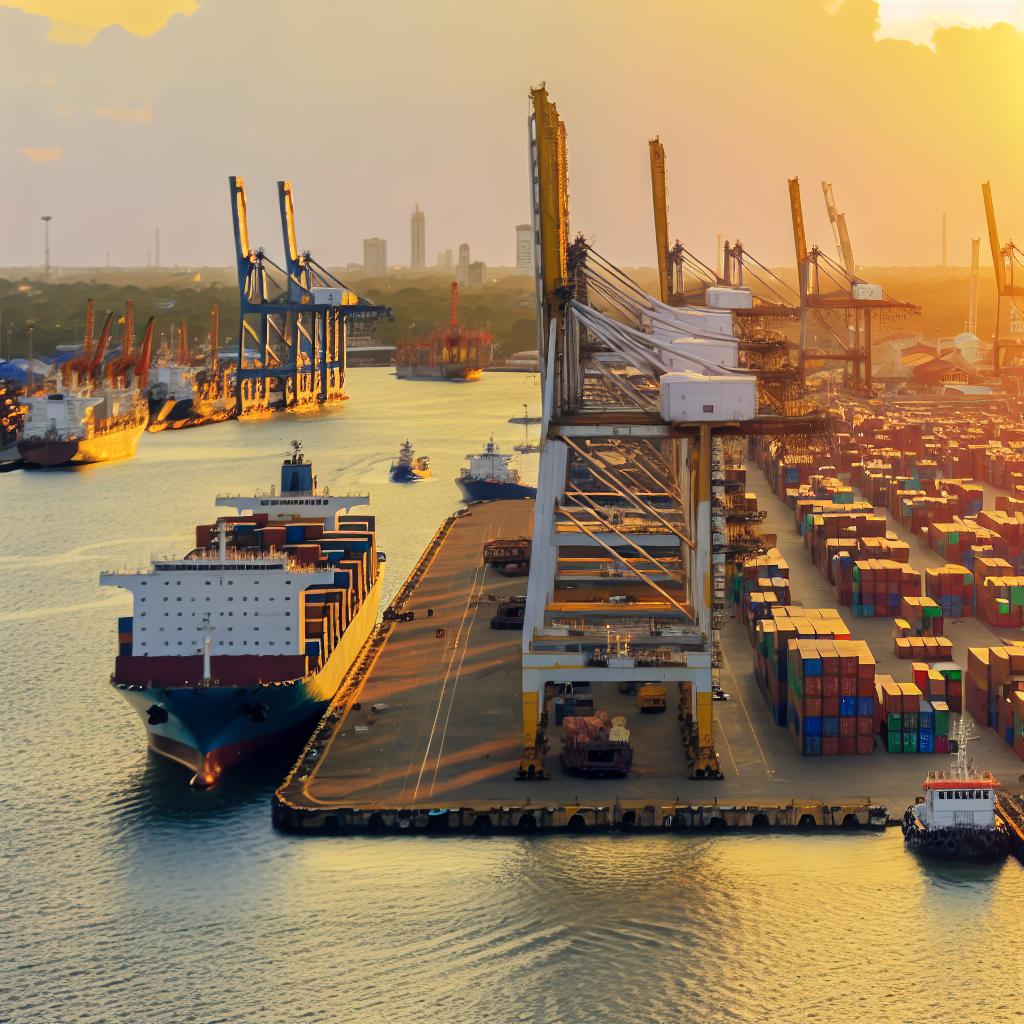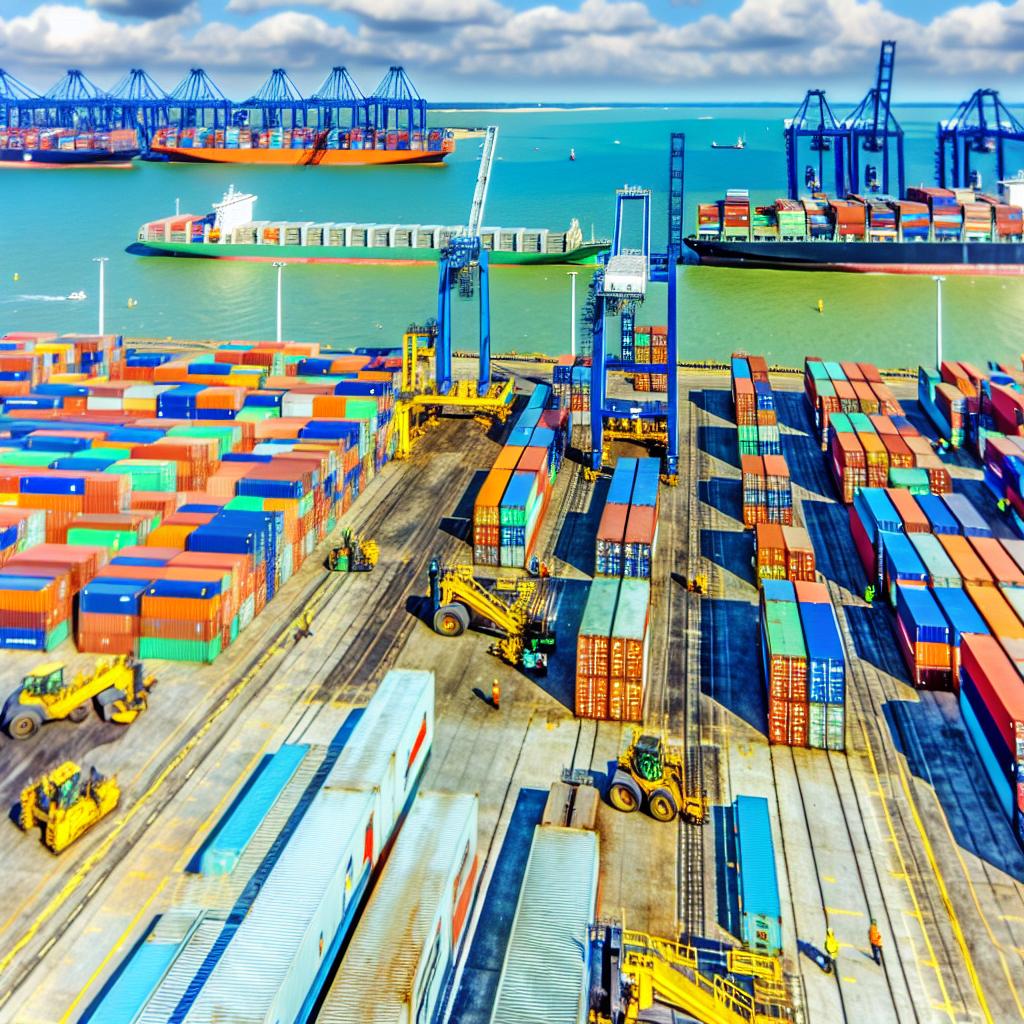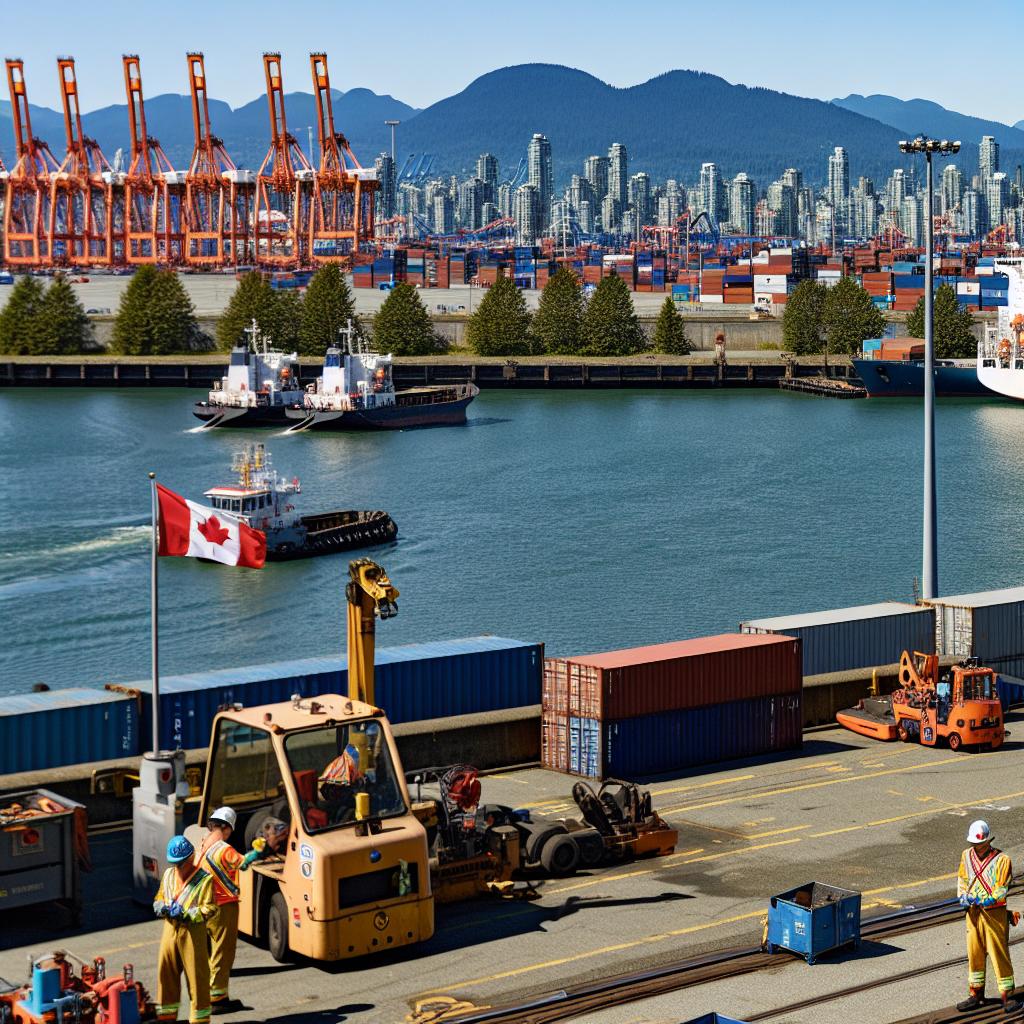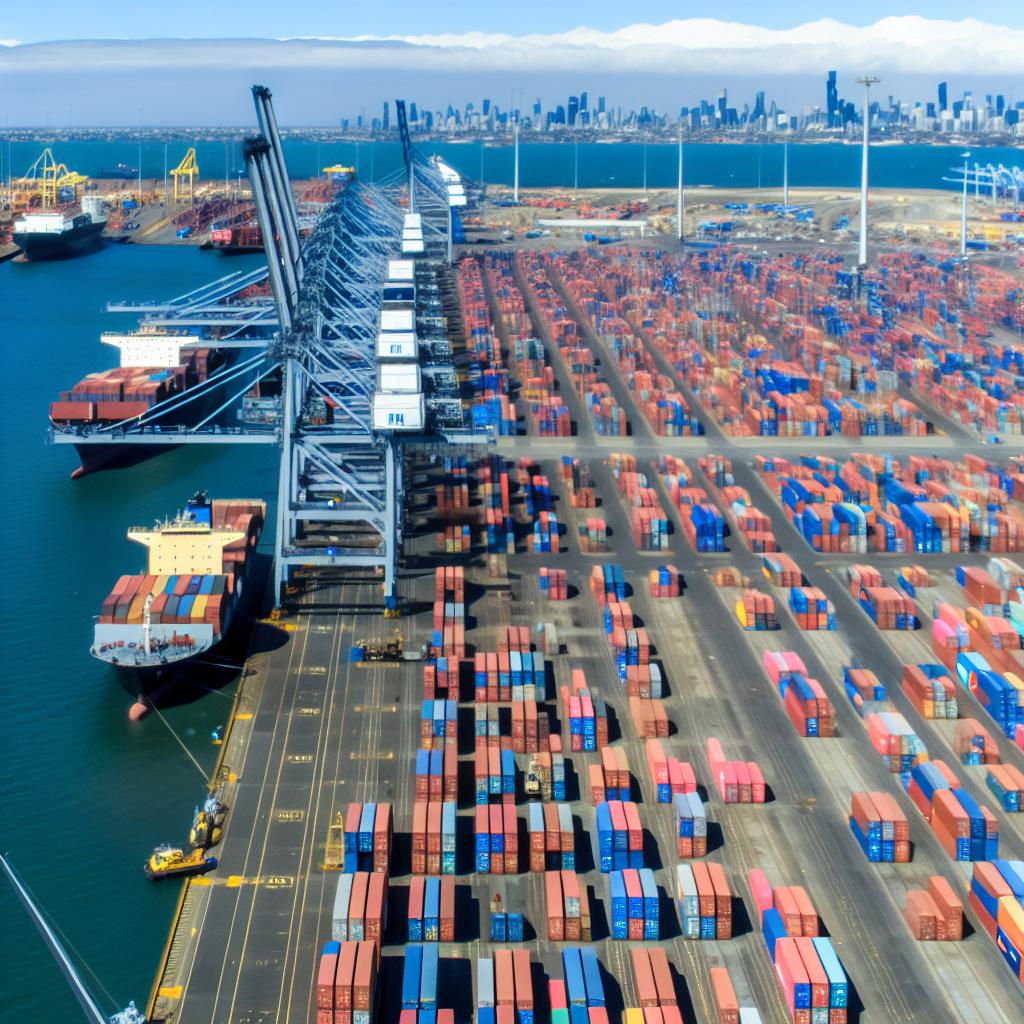Introduction
The Port of Colombo, located in Sri Lanka, is a central hub in the world of maritime trade. This busy and significant port is among the most critical in South Asia. It acts as a vital gateway, facilitating the flow of goods into and out of the region. Its strategic location enhances its importance in boosting the country’s economic framework and strengthening trade routes with various global markets.
Location and Strategic Importance
Strategically positioned on Sri Lanka’s southwestern coast, the Port of Colombo is ideally placed along some of the world’s major east-west shipping lanes. This advantageous location makes it an attractive point for transshipment activities, connecting various regions, including Europe, the Middle East, Africa, and Asia. Its position not only underscores its importance in international trade but also enhances its role as a bustling hub accommodating diverse shipping activities.
Historical Background
The story of the Port of Colombo is rich and storied, stretching back several centuries. It originally began as a humble trading post frequented by traders from numerous parts of the world, exchanging exotic goods and cultures. Over the years, the port has seen remarkable transformation and growth. The integration of advanced technologies and the efforts toward expansion have been instrumental in modernizing the port. These advancements have equipped it to manage a substantial volume of container traffic efficiently, cementing its status as a modern maritime facility.
Facilities and Operations
The Port of Colombo is outfitted with cutting-edge facilities and infrastructure that support a spectrum of shipping and logistics operations. The port’s layout includes multiple terminals, each uniquely designed to handle distinct types of cargo. These range from containerized goods to bulk commodities and industrial cargo. The Colombo International Container Terminals and the South Asia Gateway Terminals hold significant roles in streamlining the port’s operations and enhancing its efficiency.
The design and planning of these facilities aim at improving the overall operational workflow. This allows the port to address almost any logistical demand that may arise, meeting local and international standards. Moreover, continual upgrades and expansions ensure that the port remains a competitive player on the world stage.
Economic Impact
The role of the Port of Colombo in the economic landscape of Sri Lanka is indispensable. The port significantly aids in international trade and creates numerous employment opportunities, thus supporting livelihoods. Its daily operations contribute markedly to the nation’s Gross Domestic Product (GDP) by facilitating critical import-export activities. This, in turn, propels key industries such as textiles, agriculture, and manufacturing.
By fueling these industries, the port promotes economic stability and growth. Its existence is crucial for maintaining Sri Lanka’s competitiveness in the global market by providing an efficient means for goods to enter and leave the country. The robustness of its operations plays a pivotal role in bolstering Sri Lanka’s economic stature.
Challenges and Future Prospects
Nevertheless, with all its success, the Port of Colombo is not without its challenges. Issues such as congestion and the imperative for ongoing modernization present significant hurdles. As the global trade landscape constantly evolves, maintaining its leading status requires continual adaptation and improvement.
Currently, initiatives are being laid out to expand its facilities and boost its operational efficiency. These initiatives aim to increase the port’s capacity and diminish turnaround times, thus tackling the issue of congestion. Such efforts are anticipated to preserve its competitiveness and ensure the smooth functioning of operations.
Additionally, technological integration and sustainability measures are part of the future roadmap. This direction will not only assure continued innovation but will also serve to mitigate environmental impacts, aligning with global standards.
In conclusion, the Port of Colombo stands as a vital asset to Sri Lanka’s economic framework, energizing growth and aiding the nation’s integration into the global trading arena. Its strategic location, robust infrastructure, and continual push toward innovation guarantee its sustained relevance in the global maritime commerce landscape. As it addresses current challenges and embarks on future prospects, it remains poised to navigate the evolving economic tides successfully.




